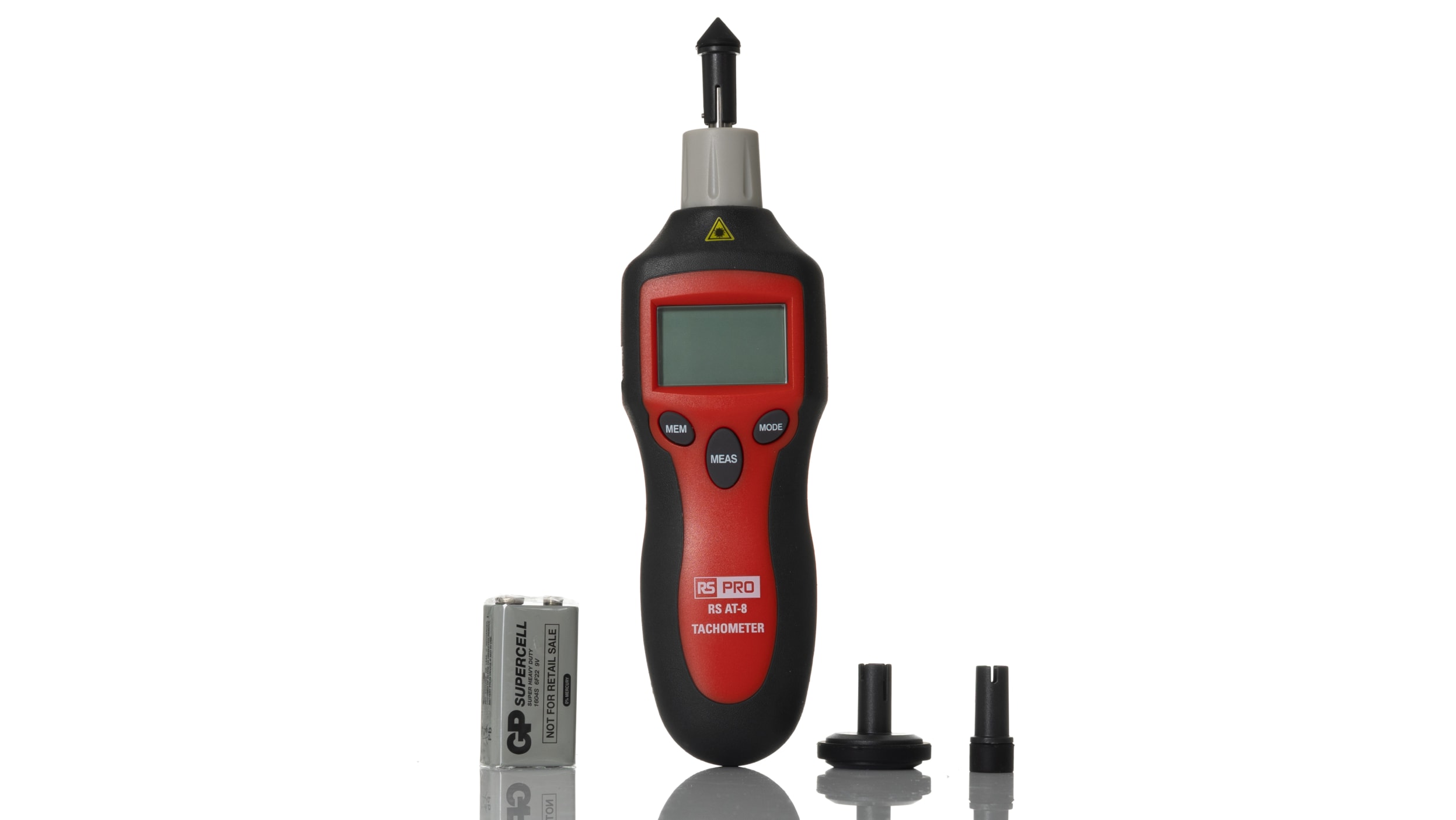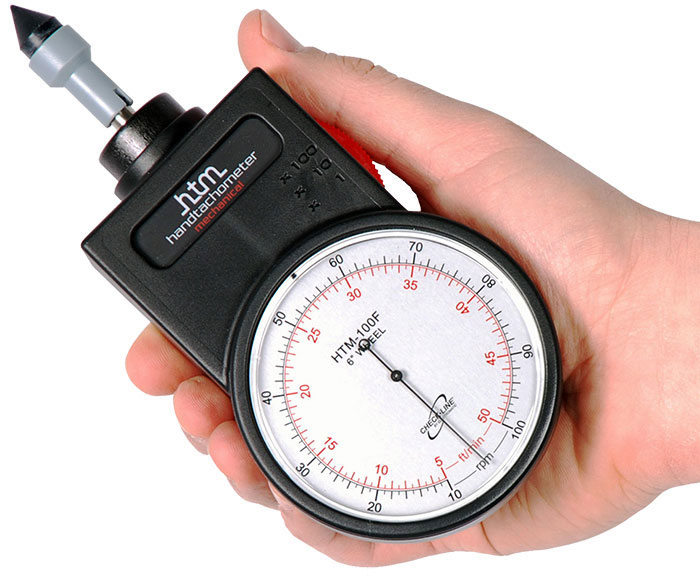Opening the Secrets of Tachometers: Everything You Required to Find Out About This Important Instrument in Your Automobile
Recognizing the ins and outs of tachometers can supply beneficial understandings right into your automobile's efficiency and upkeep requirements. From determining engine speed to figuring out the information it offers, tachometers act as a critical device for car owners and lovers alike. By unraveling the enigmas behind this necessary tool, you can unlock a wealth of information that can enhance your driving experience and ensure the long life of your automobile.
Relevance of Tachometers
The relevance of tachometers hinges on their capability to provide essential real-time information about an engine's rotational rate, enabling accurate tracking and upkeep of equipment. By gauging the transformations per min (RPM) of an engine's crankshaft, tachometers supply useful insights right into the engine's performance - tachometer. This data is important for making sure that the engine runs within its optimal array, preventing prospective damages from over-revving or underperforming
Tachometers play a crucial function in aiding operators and service technicians spot any type of anomalies in the engine's rate, which can show concerns such as fuel inadequacy, mechanical troubles, or excessive pressure on the engine. By immediately identifying these concerns through tachometer readings, maintenance can be done proactively, avoiding expensive fixings and downtime in the long run.
Additionally, tachometers are especially vital in high-performance vehicles and machinery, where precise control over engine speed is required for ideal operation. Racing autos, aircraft, and industrial equipment count on tachometers to provide peak performance while keeping safety standards. Basically, tachometers are not simply instruments for gauging speed yet vital tools for ensuring the smooth and reliable procedure of engines across various applications.
Exactly How Tachometers Procedure Engine Rate
Making use of sensing units that spot the regularity of electric pulses generated by the engine's ignition system, tachometers precisely gauge the rotational speed of an engine. By monitoring the rate at which these pulses are received, tachometers give real-time feedback on how fast the engine's crankshaft is revolving per min, frequently referred to as changes per minute (RPM)
The tachometer's sensing unit, commonly connected to the engine's ignition coil or ignition system cables, gets the electric signals generated each time a cylinder fires. These signals are after that transformed into RPM readings displayed on the scale or tool collection within the vehicle driver's view. Tachometers can be analog or digital, with contemporary cars typically including digital displays for accurate and immediate RPM analyses.
This info is critical for drivers to recognize the engine's efficiency, prevent over-revving, enhance equipment moving, and ensure effective gas intake. By precisely measuring engine rate, tachometers play an essential role in aiding vehicle drivers operate their vehicles securely and effectively.
Analyzing Tachometer Analyses
Having a clear understanding of exactly how tachometers gauge engine rate sets the structure for successfully interpreting the RPM analyses showed. Analyzing tachometer readings is essential for optimum car efficiency and engine health. RPM (Transformations Per Minute) analyses on the tachometer indicate the speed at which the you could try this out engine's crankshaft is revolving. When the engine is idling, the tachometer needle normally rests around 600-1000 RPM, relying on the vehicle. As you speed up, the RPM will certainly enhance, showing the engine's greater rotational rate. When shifting gears in a hands-on transmission vehicle, the RPM will drop as you involve the clutch and adjustment gears, then rise pop over to this site once again as you accelerate in the brand-new gear. Keeping an eye on the tachometer can aid you determine the most efficient shifting points to optimize gas economy and engine power. Additionally, abnormal fluctuations or regularly high RPM readings might suggest prospective problems with the engine that may require professional attention. By taking notice of the tachometer analyses and comprehending exactly how to translate them, you can ensure your vehicle runs smoothly and efficiently.


Tips for Using Tachometers Effectively
To enhance driving performance and optimize engine performance, what secret techniques can be applied for effectively using tachometers? Tachometers are crucial tools that supply real-time responses on engine speed, enabling chauffeurs to make educated choices for far better efficiency - tachometer. Below are some pointers for making use of tachometers effectively:
Comprehending Optimum RPM Range: Familiarize on your own with the optimum RPM (Changes Per Min) variety for your automobile. This variety ranges different automobiles and is typically suggested in the proprietor's guidebook. Keeping the engine within this range can boost gas effectiveness and extend the engine's lifespan.
Shifting Equipments at the Right Time: Utilize the tachometer to identify the most effective time to move gears. Upshifting prematurely or content far too late can lead to reduced efficiency and efficiency. Aim to move equipments when the RPM reaches the optimum array for the next equipment.
Checking Engine Stress: High RPMs for extended periods can strain the engine. Watch on the tachometer to prevent over-revving, particularly during acceleration or when carrying heavy tons.
Tachometers and Automobile Upkeep
When taking into consideration vehicle upkeep, tachometers play an important function in keeping an eye on engine efficiency and spotting potential problems. Tachometers offer important data on engine rate, enabling chauffeurs and mechanics to guarantee that the engine is operating within the recommended RPM array. Routinely keeping track of the tachometer analyses can assist determine problems such as engine misfires, damaged ignition system, or issues with the fuel distribution system. By taking notice of the tachometer, chauffeurs can prevent excessive strain on the engine, which can lead to expensive repair work down the line.
Along with spotting prospective concerns, tachometers can also aid in enhancing gas performance. By keeping the engine speed within the optimum range, motorists can enhance their gas mileage and reduce fuel consumption. This not just profits the vehicle driver's wallet but also contributes to environmental preservation by reducing damaging discharges.
Final Thought
